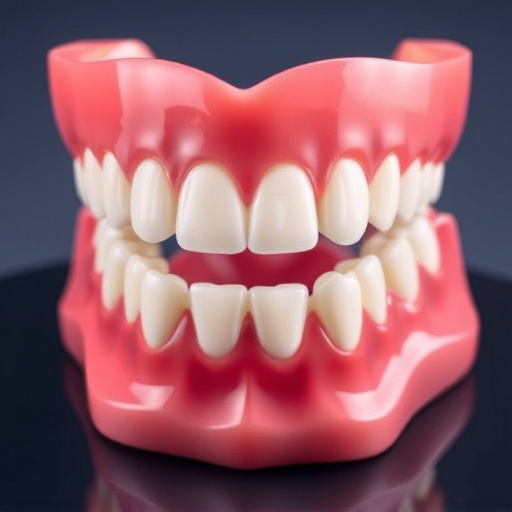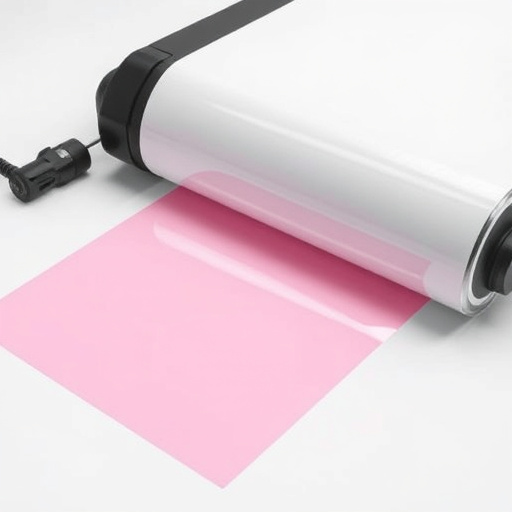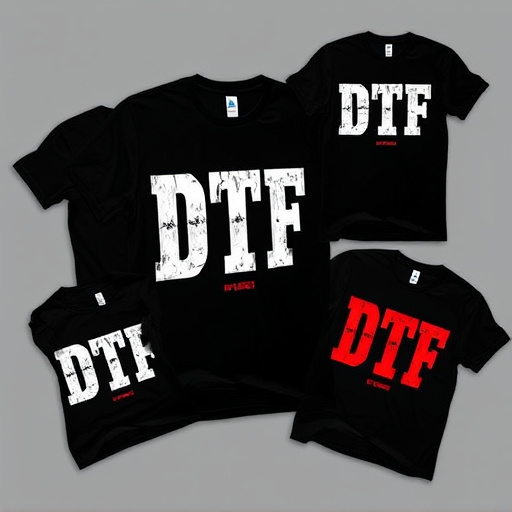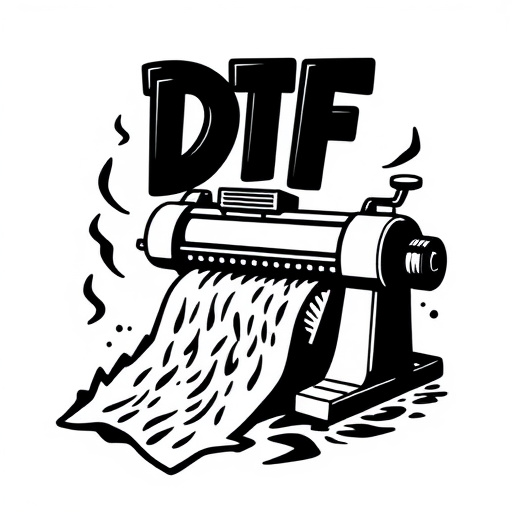Understanding and addressing common DTF (Direct to Fabric) printer issues is key to optimizing printing experience. Challenges include print quality deterioration, misaligned prints, and ink exposure problems, often caused by improper calibration, faulty cartridges, or incorrect fabric types. Troubleshooting involves isolating problem areas, checking connectivity, adjusting print settings, and considering environmental factors. Regular maintenance, including cleaning nozzles and proper UV curing, ensures durable prints and prevents clogs. Consistent calibration and adherence to manufacturer guidelines further enhance print quality and lifespan.
Experiencing print issues with your DTF printer? You’re not alone. From paper jams to poor image quality, common problems can frustrate even the most seasoned users. This guide breaks down the complexities of DTF printing, offering a clear roadmap for troubleshooting. We’ll explore diagnostic steps, preventative measures, and maintenance tips tailored to address frequent issues, ensuring your prints are crisp, accurate, and consistent every time.
- Understanding Common DTF Printer Issues
- Diagnostic Steps for Effective Troubleshooting
- Preventative Measures and Maintenance Tips
Understanding Common DTF Printer Issues

Understanding Common DTF Printer Issues is a pivotal first step for any user aiming to optimize their printing experience. DTF (Direct to Fabric) printers, while offering unparalleled versatility in custom design transfers and dtf printing services, are not immune to technical glitches. Familiarizing yourself with these issues can significantly streamline the troubleshooting process. Common problems range from print quality deterioration, characterized by blurred or pixelated designs, to misalignment of prints on the fabric, leading to off-center patterns.
Another frequent challenge is under-exposure or over-exposure of ink, resulting in faint or excessively dark transfers respectively. These issues often stem from improper calibration, faulty cartridges, or subpar fabric types. Moreover, misfeeding of materials can cause printing disruptions, especially when dealing with dtf custom orders that demand precise positioning. By identifying these common pitfalls, users can proactively address potential problems, ensuring their dtf design transfers meet the desired quality standards across various projects.
Diagnostic Steps for Effective Troubleshooting
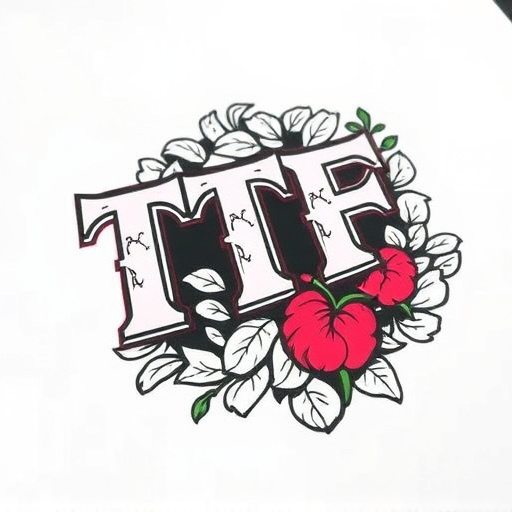
When troubleshooting common issues with DTF (Direct to Fabric) printers, a systematic approach is key. Start by isolating the problem—is it related to print quality, ink performance, or hardware functionality? Conducting a series of diagnostic steps can help pinpoint the root cause. Begin with basic checks like ensuring proper connectivity and confirming that all inks are compatible and fully charged.
Next, examine the print settings, adjusting resolution and color profiles for optimal results. Consider environmental factors such as temperature and humidity levels, which can affect ink adhesion and drying times. For DTF garment printing or UV DTF transfers, durable prints rely on precise calibration of the printer’s UV light exposure to cure the inks properly. Regularly scheduled maintenance and cleaning also play a crucial role in preventing clogging and ensuring consistent print quality across various media types.
Preventative Measures and Maintenance Tips

Regular maintenance and preventative measures are key to ensuring your DTF Printer produces high-quality, durable prints over its lifespan. Start by keeping the printing surface clean and free from debris, dust, or any foreign objects that could impede the print quality. The printer’s nozzles should be regularly cleaned as per the manufacturer’s DTF application instructions to prevent clogging, which can lead to streaked or missed areas in your prints.
Additionally, understanding and maintaining the DTF curing process is essential. This involves ensuring adequate UV exposure during printing and proper curing time afterward. Proper curing hardens the ink, resulting in long-lasting, vibrant prints. Regularly calibrate and service your DTF printer according to the manufacturer’s guidelines, which will help maintain consistent print quality and extend the device’s lifespan, enabling you to produce durable prints efficiently.
Understanding and troubleshooting common DTF printer issues is essential for maintaining optimal printing performance. By following the diagnostic steps outlined in this article, users can effectively identify and resolve problems. Additionally, implementing preventative measures and regular maintenance tips will further ensure smooth operation of your DTF printer, minimizing downtime and maximizing efficiency. Remember, proactive care is key to avoiding costly repairs and keeping your DTF printer running like new.




